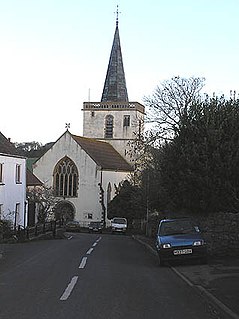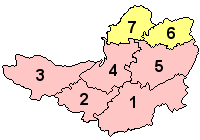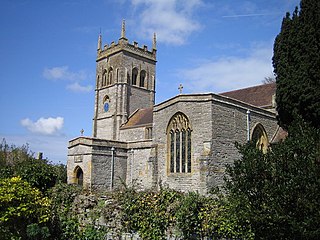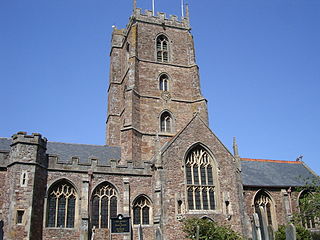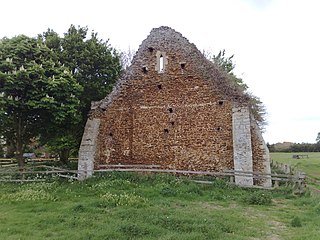 | |
| Monastery information | |
|---|---|
| Order | Benedictine |
| Established | c. 1138 |
| Disestablished | 1536 |
| People | |
| Founder(s) | Roger de Curci |
| Site | |
| Location | Cannington, Somerset, England |
| Grid reference | ST257396 |
Cannington Nunnery was established around 1138 and dissolved in 1536 in Cannington, Somerset, England.

Cannington is a village and civil parish 3 miles (5 km) north-west of Bridgwater in the Sedgemoor district of Somerset, England. It lies on the west bank of the River Parret, and contains the hamlet of Edstock.

Somerset is a county in South West England which borders Gloucestershire and Bristol to the north, Wiltshire to the east, Dorset to the south-east and Devon to the south-west. It is bounded to the north and west by the Severn Estuary and the Bristol Channel, its coastline facing southeastern Wales. Its traditional border with Gloucestershire is the River Avon. Somerset's county town is Taunton.
It was attached to the Church of St Mary. [1] [2]
Benedictine nuns (from Dorset), transferred to Colwich Abbey. The building was converted into a mansion and later reverted to being a nunnery. [3] It was disestablished as part of the dissolution of the monasteries in 1536. [4]
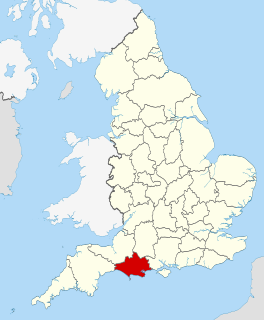
Dorset is a county in South West England on the English Channel coast. The ceremonial county comprises the unitary authority areas of Bournemouth, Christchurch and Poole and Dorset. Covering an area of 2,653 square kilometres (1,024 sq mi), Dorset borders Devon to the west, Somerset to the north-west, Wiltshire to the north-east, and Hampshire to the east. The county town is Dorchester which is in the south. After the reorganisation of local government in 1974 the county's border was extended eastward to incorporate the Hampshire towns of Bournemouth and Christchurch. Around half of the population lives in the South East Dorset conurbation, while the rest of the county is largely rural with a low population density.
Cannington Court incorporates some of the remains. [5]

Cannington Court in the village of Cannington, Somerset, England was built around 1138 as the lay wing of a Benedictine nunnery, founded by Robert de Courcy. It has been designated as a Grade I listed building.

